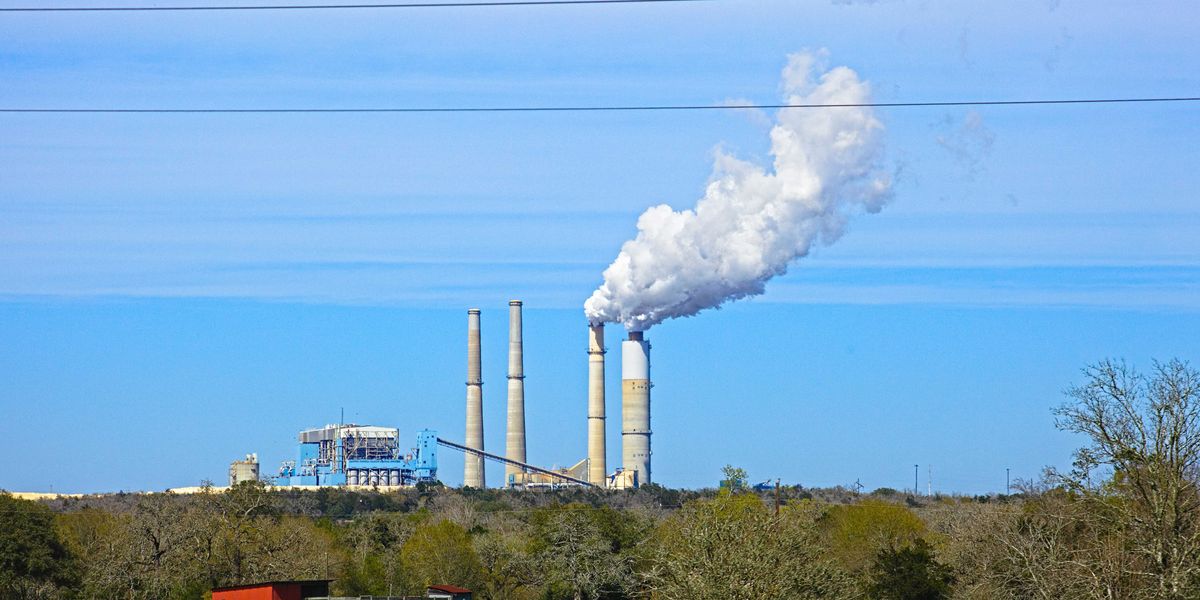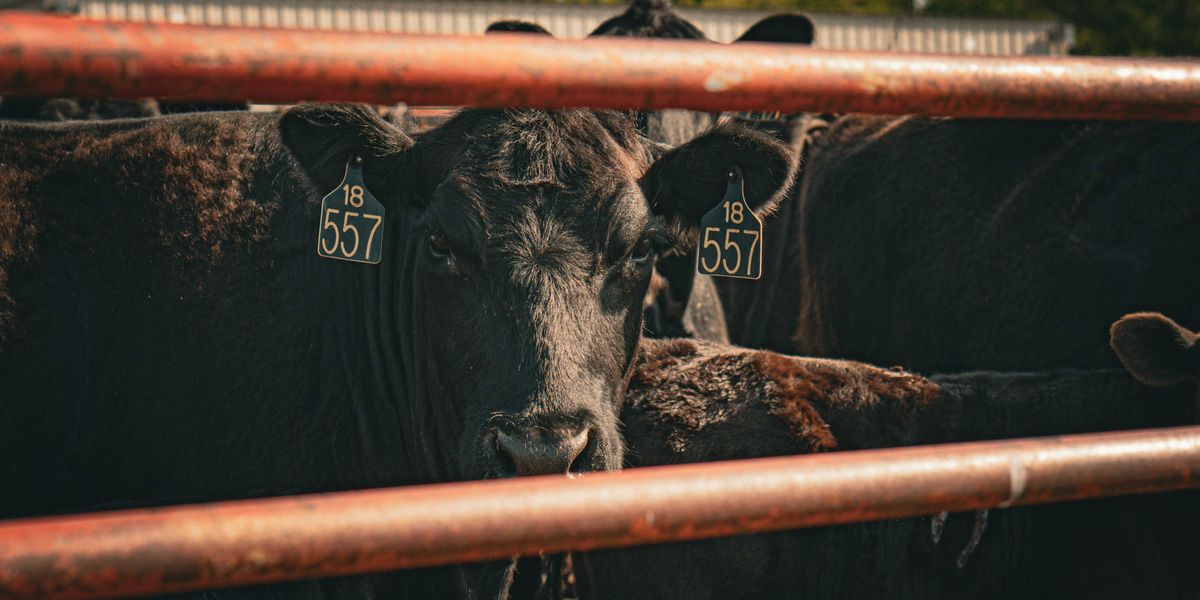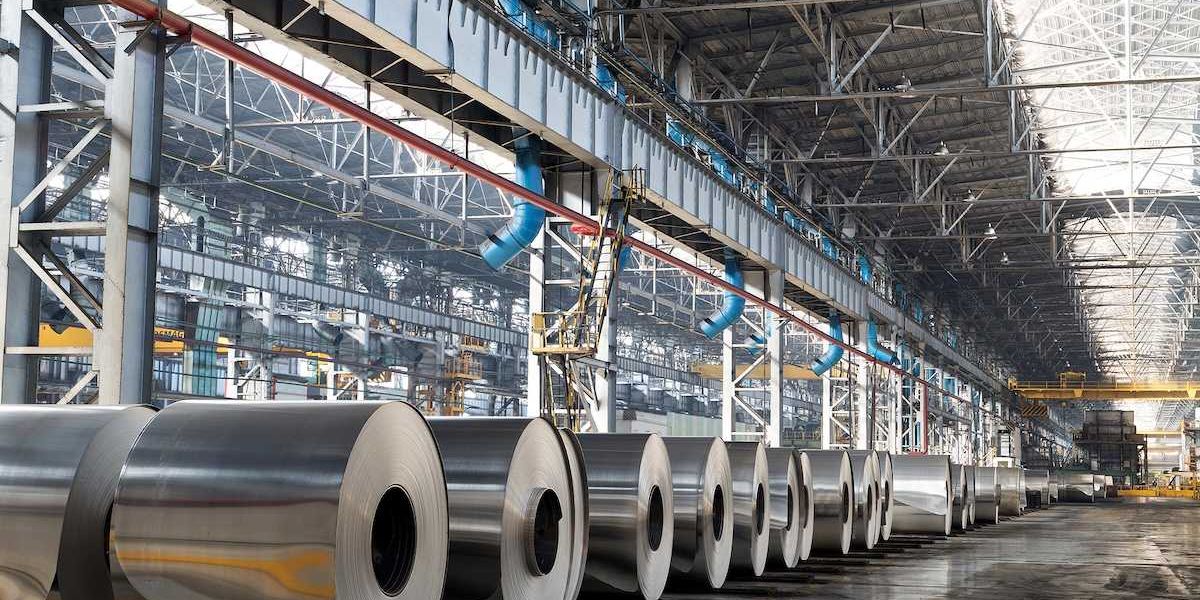Heat protections for workers stall as summer temperatures soar
Workers and labor advocates are pushing the federal government to adopt national protections against extreme heat as rising temperatures continue to cause deaths and injuries on job sites across the United States.
Liza Gross reports for Inside Climate News.
In short:
- The Occupational Safety and Health Administration (OSHA) is holding hearings on a long-awaited federal heat safety rule that would require employers to provide water, shade, and rest breaks, but the Trump administration appears unlikely to implement it.
- Between 2011 and 2022, nearly 500 U.S. workers died from heat exposure, though experts say the real number is likely higher due to underreporting and overlooked links between heat and chronic health conditions.
- Some states have implemented their own heat standards, but these are often limited in scope or preempted by state laws, leaving many workers, especially in agriculture and construction, without protection as summers grow hotter.
Key quote:
“We do not need more studies, we do not need more panels, we know what needs to be done. What remains unclear is, when will our elected officials finally act?”
— Jazmin Moreno Dominguez, organizer with the Arizona Heat Coalition
Why this matters:
As climate change drives record-breaking heat, many workers face growing risks of illness, injury, and death — especially in jobs that lack basic safeguards. Heat stress can lead to heat stroke, organ failure, and even exacerbate heart and kidney problems. But in much of the U.S., there’s no federal requirement for employers to offer shade, hydration, or even breaks. The political delays are happening as weather forecasts predict another dangerously hot summer. Those most affected are often low-wage workers, immigrants, and people of color — groups already vulnerable to environmental and workplace hazards. The health impacts ripple outward, affecting families and communities whose economic security depends on those workers making it home alive.
Read more: Trump administration may weaken or block first national workplace heat protections













